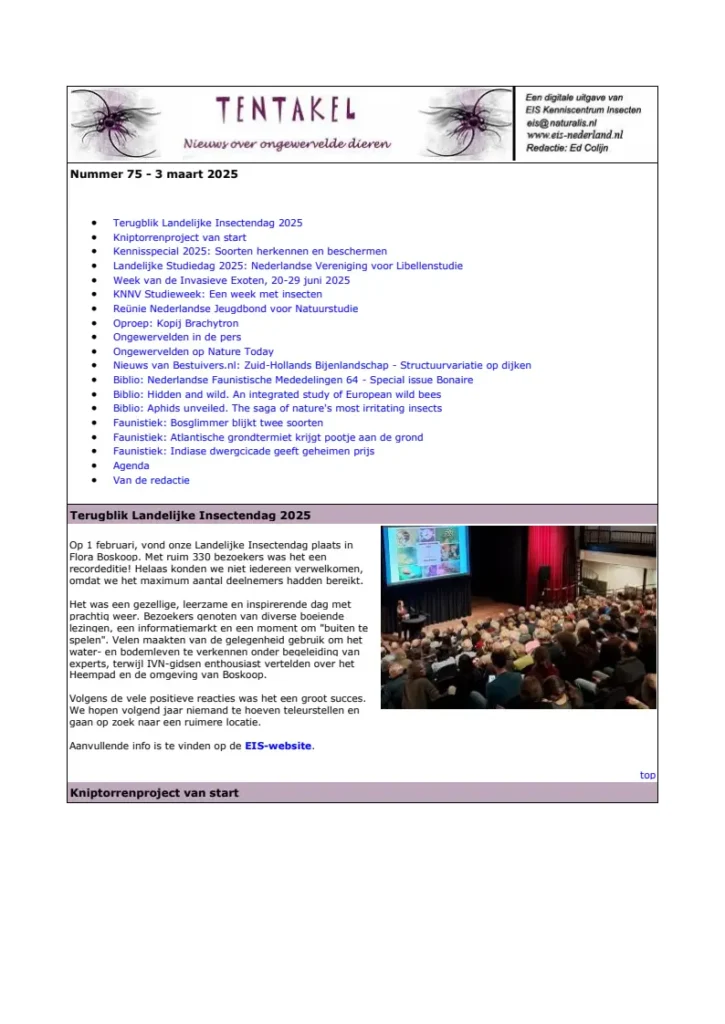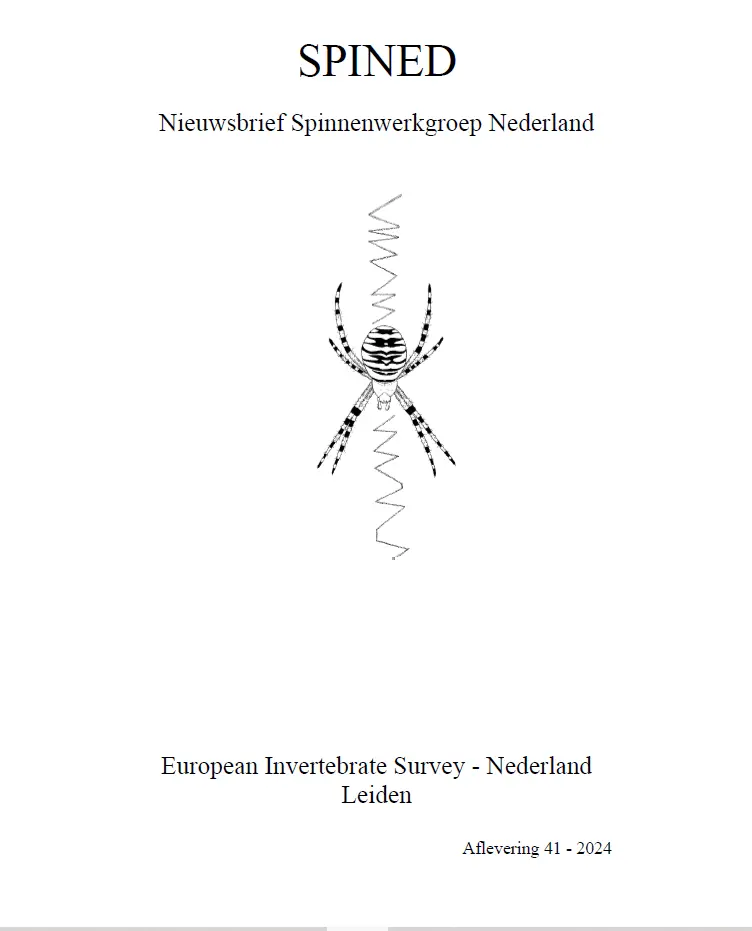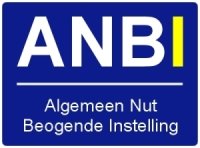The Asian hornet Vespa velutina Lepeletier is a large wasp, though small hornet, originally occurring in southeast Asia. It was accidently introduced to the south of France nearly fifteen years ago. Since this introduction, the species has rapidly expanded its area of distribution in Europe and now occurs in the whole of France and parts of its neighbouring countries. It is considered an alien invasive species by the European Union. On September 17th, 2017, a resident of the small village of Dreischor in the southwestern province of Zeeland posted the first confirmed record of Asian hornet in the Netherlands, from his backyard. Since this species is listed on the Union list of the EU regulation on invasive alien species, the Dutch authorities were obliged to rapid response. For this, the NVWA assigned EIS Kenniscentrum Insecten with the task of finding the nest. This document reports on the used methods and results.




